What Are Intubation Scopes and Why Are They Essential in Healthcare?
Jun 06, 2024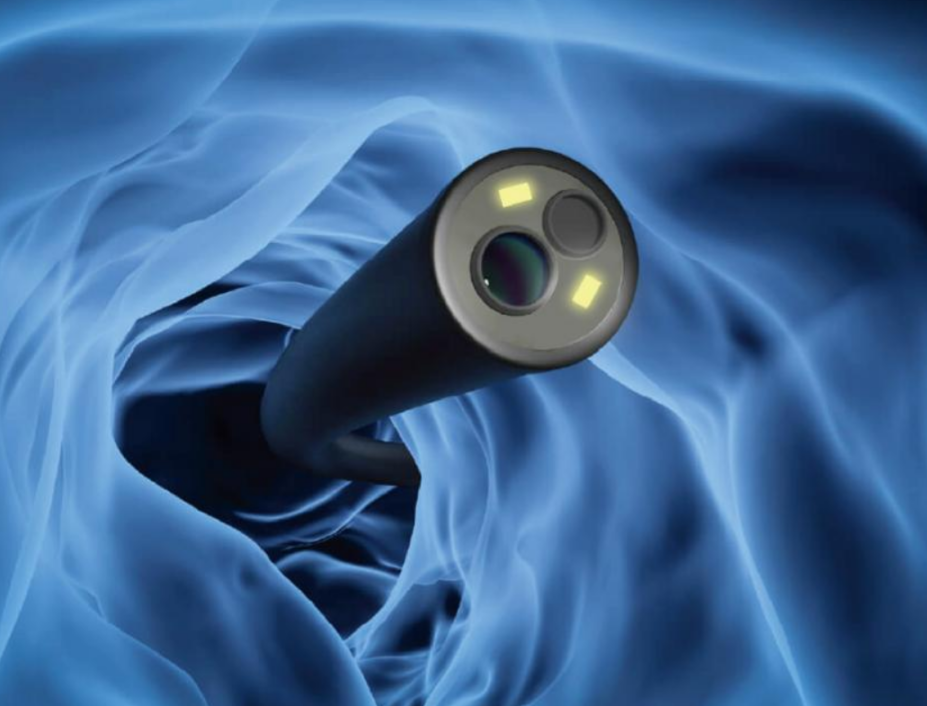
The global healthcare landscape is witnessing an unprecedented surge in the demand for advanced medical equipment, particularly intubation scopes. These critical devices are essential for ensuring effective airway management in various medical scenarios, including surgeries and emergency situations. In this blog, we explore the key drivers behind the increasing demand for intubation scopes, the technological innovations transforming this field, and the regulatory challenges manufacturers face. We also highlight solutions adopted by industry leaders like Mole Medical to meet these evolving market needs.

Overview of Intubation Scopes
1.1 Definition and Purpose
Intubation scopes are medical devices used primarily for tracheal intubation, facilitating the placement of a tube into the trachea to ensure an open airway.
a. Medical Necessity
Intubation scopes are indispensable in emergency situations, surgeries, and intensive care units. They allow medical professionals to maintain airway patency, deliver anesthetics, and ensure adequate ventilation.
b. Scope Types
There are various types of intubation scopes, including fiber-optic scopes, video laryngoscopes, and flexible bronchoscopes. Each type serves specific purposes and offers distinct advantages depending on the clinical scenario.
c. Key Components
The primary components of an intubation scope include the insertion tube, light source, camera, and display monitor. These elements work in tandem to provide clear visualization of the patient’s airway.
1.2 Historical Development
a. Early Innovations
The concept of intubation has been around for centuries, with significant advancements occurring in the 20th century. Early devices were rudimentary, lacking the sophisticated technology seen today.
b. Technological Milestones
Key milestones include the introduction of fiber-optic technology in the 1960s, which revolutionized the field by enhancing visibility and maneuverability. The advent of video laryngoscopes in the 21st century further improved the success rates and safety of intubation procedures.
c. Modern Advancements
Today’s intubation scopes incorporate high-definition cameras, LED lighting, and advanced imaging software. These innovations have drastically improved the accuracy and efficiency of airway management.
Increasing Global Demand for Advanced Medical Equipment
2.1 Rising Prevalence of Respiratory Diseases
The global market for intubation scopes is expanding due to the rising prevalence of respiratory diseases. Conditions such as chronic obstructive pulmonary disease (COPD), asthma, and other respiratory infections necessitate frequent intubation procedures. As the global burden of these diseases increases, so does the need for reliable and efficient intubation equipment.
a. Advanced Intubation Scopes
With respiratory diseases on the rise, there is a growing preference for advanced intubation scopes, such as video laryngoscopes. These devices offer enhanced visualization, allowing healthcare professionals to perform intubation with greater precision and success rates. This technological leap is critical in managing complex airway scenarios, particularly in patients with difficult anatomies.
b. Aging Population
The aging global population further contributes to the demand for intubation scopes. Elderly patients are more susceptible to respiratory ailments and often require intubation during surgical procedures or emergency interventions. The need for advanced intubation equipment that ensures minimal trauma and swift recovery is paramount in this demographic.
c. Increasing Surgical Procedures
The rising number of surgical procedures worldwide also drives the demand for intubation scopes. Whether elective or emergency, surgeries often require intubation to secure the patient’s airway. This necessity underscores the importance of having advanced, reliable intubation equipment available in operating rooms and emergency departments.
2.2 Solution: Development and Training
a. Enhanced Visualization and Portability
Manufacturers like Mole Medical are focusing on developing advanced, user-friendly intubation scopes that offer improved visualization and portability. These innovations ensure that healthcare professionals can perform intubation more efficiently and accurately, reducing the risk of complications.
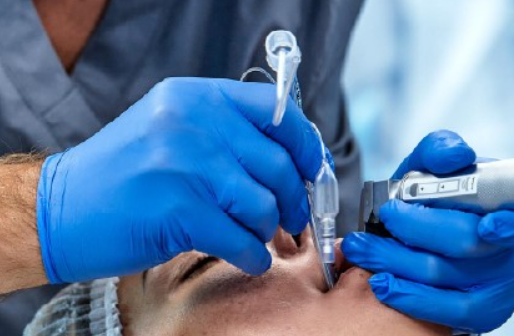
b. Comprehensive Training Programs
To ensure effective usage of these advanced technologies, comprehensive training programs for healthcare professionals are being emphasized. By equipping medical staff with the necessary skills and knowledge, manufacturers ensure that their products are used to their full potential, ultimately improving patient outcomes.
c. Investment in R&D
Continuous investment in research and development is crucial for staying ahead in the market. Mole Medical, for instance, is dedicated to enhancing the functionality and usability of its intubation scopes through ongoing R&D efforts. This commitment to innovation helps address the evolving needs of the healthcare industry.
Technological Innovations and Integration
3.1 High-Definition Cameras and Real-Time Video
Technological advancements have significantly improved the precision and safety of intubation procedures. The integration of high-definition cameras and real-time video capabilities in intubation scopes has revolutionized airway management, offering unprecedented levels of detail and accuracy.
a. Improved Imaging Technologies
Modern intubation scopes are equipped with high-definition imaging technologies that provide clear and detailed views of the airway. This improvement is critical for identifying anatomical structures and potential obstacles, ensuring a safer and more effective intubation process.
b. Real-Time Video Capabilities
The inclusion of real-time video capabilities allows for dynamic visualization during intubation. This feature is particularly beneficial in emergency situations, where quick and accurate intubation is essential. Real-time feedback helps healthcare professionals make informed decisions and adjust their techniques as needed.
c. Ergonomic Designs
Ergonomic designs are another significant innovation in intubation scopes. These designs enhance user comfort and reduce fatigue, which is especially important during prolonged procedures. By improving the overall user experience, manufacturers like Mole Medical are making intubation scopes more efficient and user-friendly.
Regulatory and Compliance Challenges
4.1 Complex Regulatory Landscape
Navigating the complex regulatory landscape is a significant challenge for intubation scope manufacturers. Compliance with stringent healthcare regulations and obtaining necessary certifications can be time-consuming and costly, impacting the speed at which new products are brought to market.
a. Stringent Healthcare Regulations
Healthcare regulations are becoming increasingly stringent, necessitating rigorous testing and validation of medical devices. Manufacturers must ensure that their intubation scopes meet these high standards to gain approval from regulatory bodies.
b. Certification Requirements
Obtaining certifications from regulatory bodies such as the FDA, CE, and other international organizations is essential for market entry. The certification process involves extensive documentation, testing, and quality assurance, which can be a lengthy and resource-intensive process.
c. Impact on Product Launch
The regulatory requirements can delay product launches and increase development costs. This challenge necessitates careful planning and resource allocation to ensure that new products meet regulatory standards without compromising on innovation and quality.
4.2 Solution: Compliance and Quality Assurance
a. Dedicated Regulatory Resources
To address these challenges, companies like Mole Medical are dedicating resources to ensure compliance with international standards and regulations. This includes hiring regulatory experts who specialize in navigating the complex landscape of healthcare regulations.
b. Robust Quality Assurance Processes
Establishing robust quality assurance processes is crucial for meeting regulatory requirements. By implementing comprehensive quality control measures, manufacturers can ensure that their intubation scopes meet the highest standards of safety and efficacy.
c. Streamlined Approval Process
Streamlining the approval process through effective regulatory strategies can reduce delays in product launches. By proactively engaging with regulatory bodies and maintaining transparent communication, manufacturers can expedite the certification process and bring new products to market more efficiently.
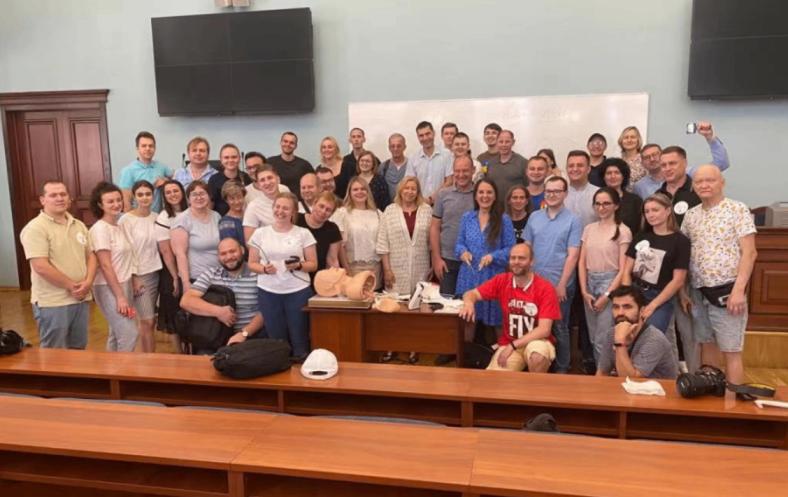
Conclusion
The global market for intubation scopes is poised for significant growth, driven by increasing demand, technological advancements, and the need for improved healthcare solutions. Companies like Mole Medical are at the forefront of this dynamic industry, developing advanced intubation scopes that meet the evolving needs of healthcare professionals and patients alike.
By focusing on enhancing visualization and portability, investing in research and development, and ensuring compliance with stringent regulations, manufacturers can address the key challenges in this market. Comprehensive training programs for healthcare professionals further ensure that these advanced technologies are used effectively, ultimately leading to better patient outcomes.
As the healthcare landscape continues to evolve, the importance of intubation scopes in ensuring effective airway management cannot be overstated. With continued innovation and a commitment to quality, the future of intubation scopes looks promising, offering improved safety and efficiency in medical procedures worldwide.
Categories
Latest Articles
Clinical comparison of foreign body removal procedures using rigid bronchoscopy, fiberoptic bronchoscopy, and flexible electronic bronchoscopy
Bronchial foreign bodies are a common emergency in pediatrics. Clinically, bronchoscopy techniques are typically used to remove the foreign bodies. Currently, the three main bronchoscopy techniques each have their own characteristics, and among them, the flexible bronchoscopy shows unique clinical value in pediatric patients. This article conducts a clinical application analysis of all three bronchoscopy ... Read more
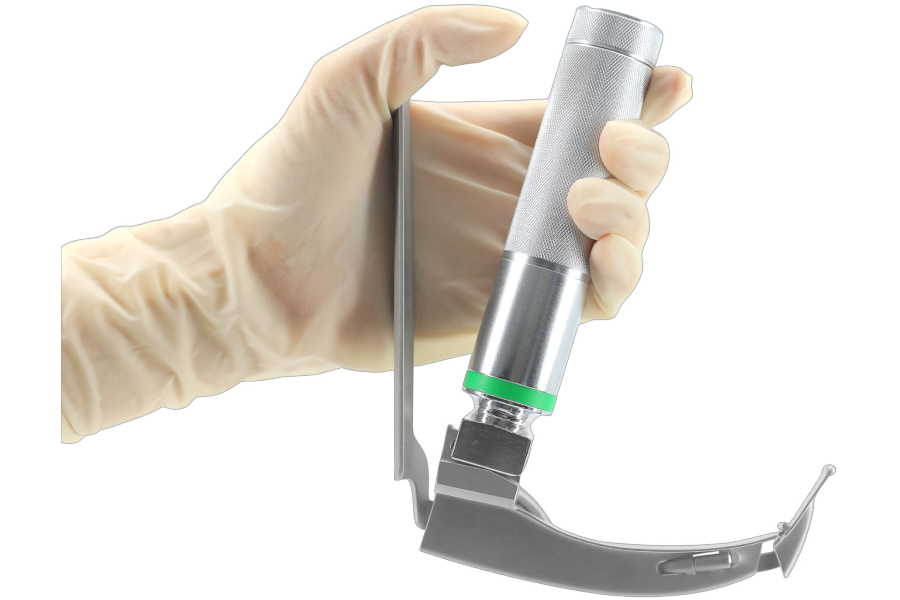
How Fibre Optic Laryngoscopes Improve ENT Procedures
In modern ENT procedures, precision and visibility are key. That’s where the laryngoscope fibre optic technology comes in. Unlike traditional tools, these advanced devices use fibre optics to provide a clear, well-lit view of the throat and vocal cords. This means doctors can see more and do more—with less risk to the patient. But how ... Read more
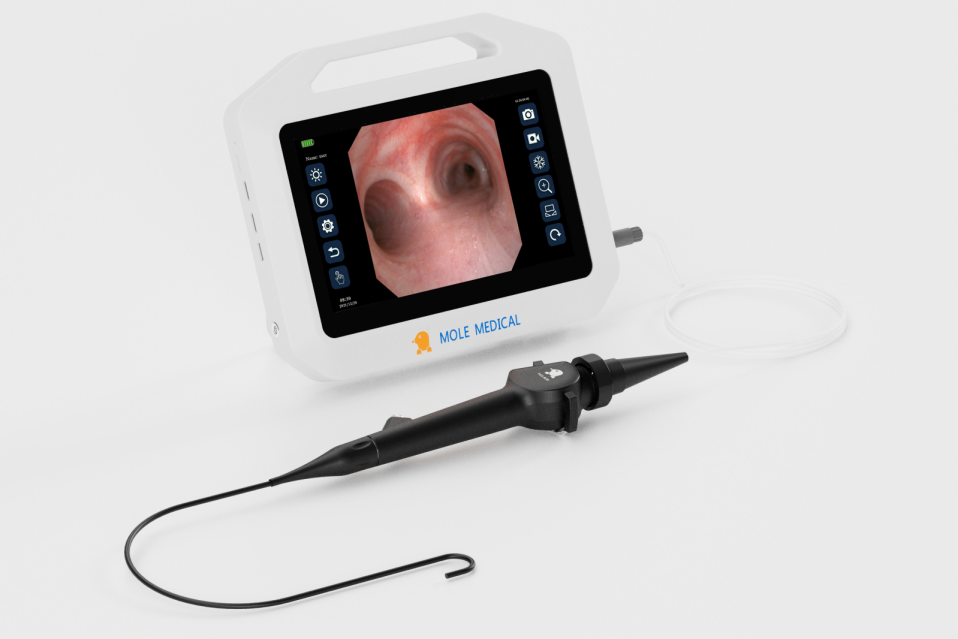
Flexible Laryngoscopy: A Clearer Voice for Quicker Diagnoses
Flexible Laryngoscopy is a powerful tool that helps ENT specialists do just that. It uses a thin, flexible scope to view the throat, vocal cords, and airway in real-time. The procedure is quick, non-surgical, and performed right in the clinic. For patients with voice changes, chronic cough, or throat discomfort, this method offers fast answers ... Read more
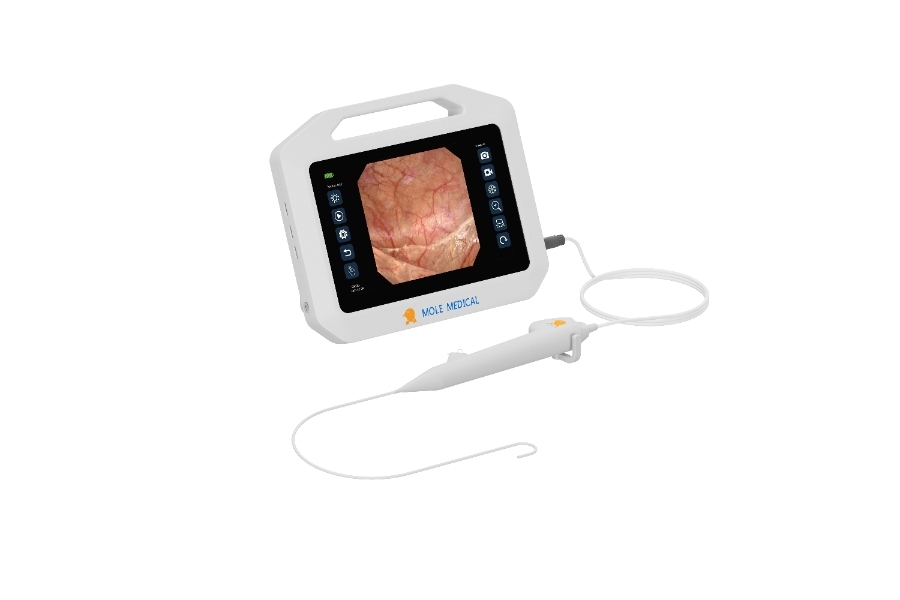
Smart Solutions in Ureteroscopy: Mole Medical’s Disposable Flexible Scope vs Karl Storz Legacy
In the field of urology, the name “ureteroscope Karl Storz” has long stood for precision and reliability. As a global leader, Karl Storz has set the standard for reusable ureteroscopes. But now, a new contender is entering the spotlight. Jiangsu Mole Medical, a national high-tech enterprise, is challenging the status quo. With a focus on ... Read more
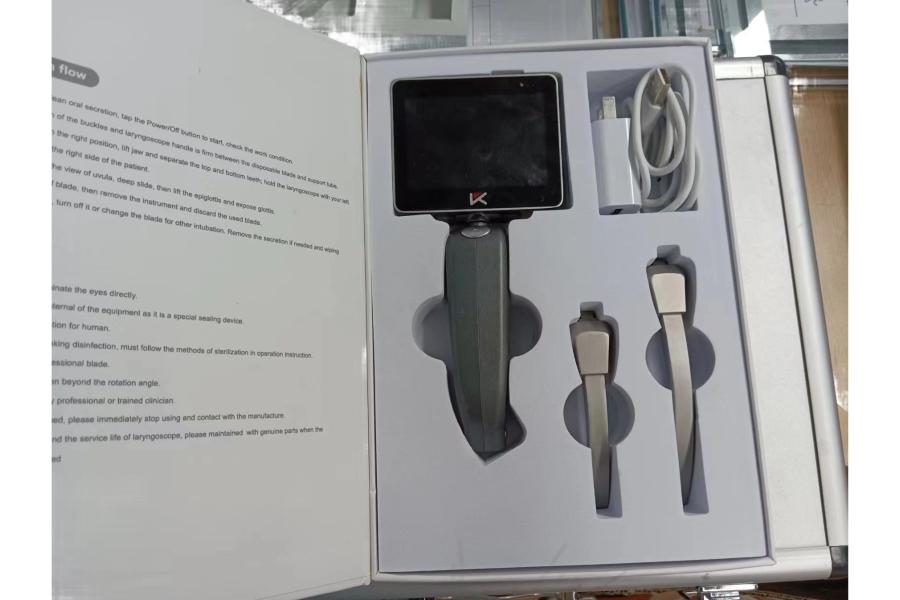
Behind the Scenes with Mole Medical: Inside the World of Leading Video Laryngoscope Manufacturers
In the fast-evolving medical device industry, video laryngoscope manufacturers play a key role in advancing patient care. Mole Medical stands out not just for its products, but for what happens behind the scenes. What makes this company different? Why do so many professionals trust its solutions? One reason is speed. Mole Medical has an R&D ... Read more



